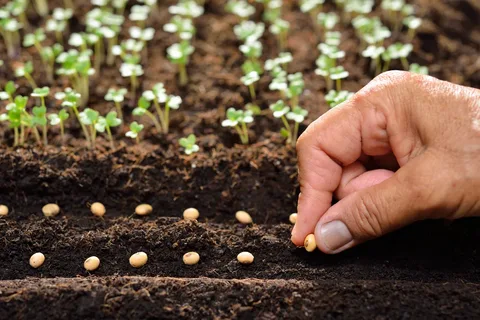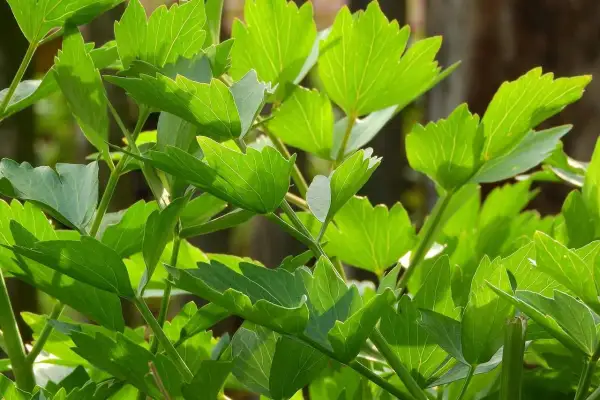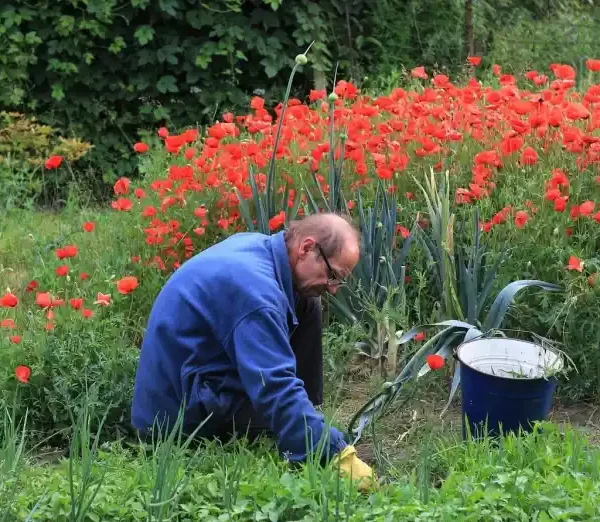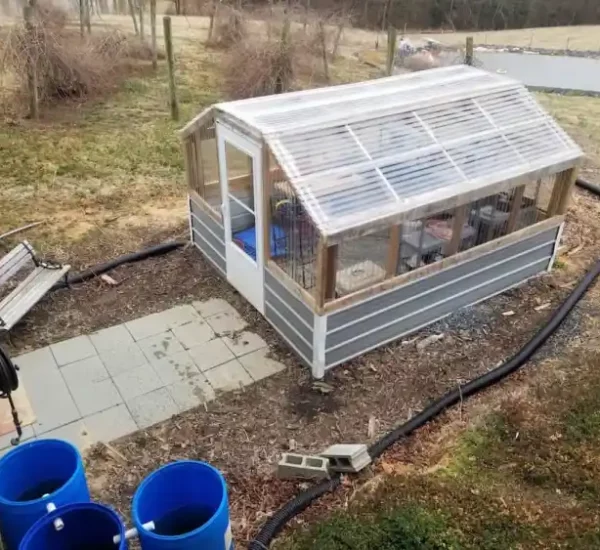Planting Zone 7 offers gardeners a diverse range of options for creating thriving landscapes. From colorful perennials to lush shrubs, here are 20 recommended plants vetted by horticultural experts and governmental bodies suitable for Zone 7.
Roses (Rosa spp.)
Roses are timeless favorites that flourish in Zone 7’s temperate climate. Recommended by the American Rose Society, they offer a variety of colors, fragrances, and growth habits to suit any garden style.
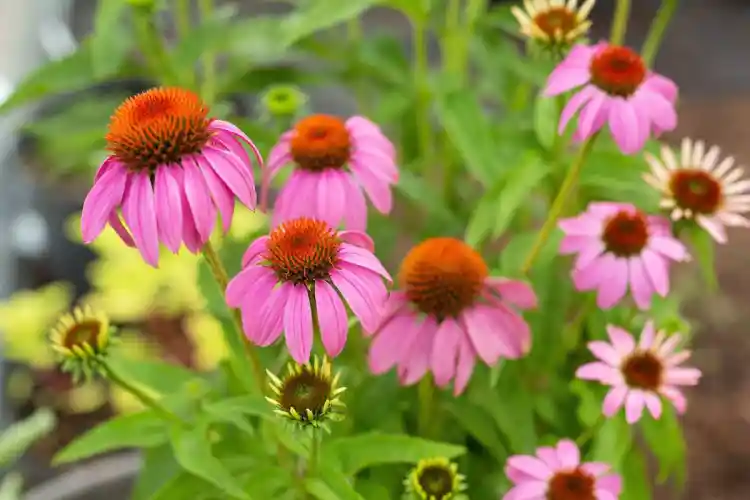
Japanese Maple (Acer palmatum)
Japanese Maples, endorsed by the American Horticultural Society, are prized for their exquisite foliage and elegant form. They thrive in Zone 7’s mild temperatures and provide stunning visual interest year-round.
Lavender (Lavandula spp.)
Lavender is a fragrant and drought-tolerant perennial endorsed by the Royal Horticultural Society (RHS). It thrives in Zone 7’s well-drained soil and ample sunlight, adding both beauty and aroma to the garden.
Hydrangea (Hydrangea spp.)
Hydrangeas are versatile shrubs appreciated for their showy blooms and adaptability to various soil types. According to The Ohio State University Extension, they are well-suited for Zone 7 gardens and offer a long-lasting display of flowers.
Black-Eyed Susan (Rudbeckia hirta)
Black-Eyed Susans, endorsed by the Lady Bird Johnson Wildflower Center, are native perennials with cheerful yellow flowers. They thrive in Zone 7’s sunny locations and attract pollinators to the garden.
Hosta (Hosta spp.)
Hostas are shade-loving perennials appreciated for their lush foliage. Recommended by the American Hosta Society, they offer a wide range of sizes, colors, and leaf shapes suitable for Zone 7 gardens.
Coneflower (Echinacea purpurea)
Coneflowers are native perennials admired for their tolerance to drought and heat. According to the United States Botanic Garden, they provide a long-lasting display of colorful blooms and attract beneficial insects to Zone 7 gardens.
Daylily (Hemerocallis spp.)
Daylilies are hardy perennials endorsed by the Royal Horticultural Society. They offer a wide range of colors and bloom shapes, brightening up Zone 7 gardens throughout the summer months.
Sedum (Sedum spp.)
Sedums are succulent perennials appreciated for their low maintenance and drought tolerance. According to the National Gardening Association, they thrive in Zone 7’s sunny locations and add texture to the garden.
Russian Sage (Perovskia atriplicifolia)
Russian Sage is a drought-tolerant perennial that flourishes in Zone 7’s well-drained soil and full sun. According to the Royal Horticultural Society, it offers a long bloom period and adds texture to the garden.
Peony (Paeonia spp.)
Peonies are classic perennials cherished for their fragrant, showy blooms. Endorsed by the American Peony Society, they prefer well-drained soil and full sun, making them ideal for Zone 7 gardens.
Coreopsis (Coreopsis spp.)
Coreopsis, recommended by the University of Illinois Extension, offers cheerful daisy-like flowers in various colors. It’s drought-tolerant and attracts butterflies, enhancing the biodiversity of Zone 7 gardens.
Switchgrass (Panicum virgatum)
Switchgrass is a native ornamental grass endorsed by the University of Missouri Extension. It’s tolerant of a wide range of soil conditions and adds texture and movement to Zone 7 landscapes.
Yarrow (Achillea millefolium)
Yarrow, recommended by the University of California Statewide Integrated Pest Management Program, is a hardy perennial with fern-like foliage and flat-topped flower clusters. It’s drought-tolerant and attracts beneficial insects.
Japanese Forest Grass (Hakonechloa macra)
Japanese Forest Grass, endorsed by the Royal Horticultural Society, is a shade-loving ornamental grass appreciated for its cascading habit and vibrant foliage. It adds texture and visual interest to Zone 7 gardens.
Astilbe (Astilbe spp.)
Astilbes are shade-loving perennials recommended by the University of Minnesota Extension. They offer feathery plumes of flowers in various colors and thrive in the moist soil conditions often found in Zone 7 gardens.
Siberian Iris (Iris sibirica)
Siberian Iris, endorsed by the American Iris Society, is a hardy perennial with graceful, slender foliage and elegant blooms. It’s adaptable to a wide range of soil conditions and adds beauty to Zone 7 landscapes.
Liatris (Liatris spp.)
Liatris, also known as Blazing Star, is recommended by the University of Florida IFAS Extension. This native perennial attracts butterflies with its tall spikes of purple flowers, thriving in Zone 7’s sunny locations.
Heuchera (Heuchera spp.)
Heucheras, endorsed by the Missouri Botanical Garden, are shade-loving perennials prized for their colorful foliage. They’re well-suited for Zone 7 gardens and provide year-round interest.
Russian Sage (Perovskia atriplicifolia)
Russian Sage, endorsed by the Royal Horticultural Society, is a drought-tolerant perennial that thrives in Zone 7’s well-drained soil and full sun. It offers a long bloom period and adds texture to the garden.
What is Planting Zone 7, and why is it important for gardening?
Planting Zone 7 is a geographical region characterized by specific climate conditions, particularly regarding average minimum temperatures. It’s crucial for gardening because it helps gardeners select plants that are likely to thrive in their local climate.
Which plants are best suited for Planting Zone 7?
Planting Zone 7 offers a diverse range of plants that can thrive in its climate. Some popular choices include roses, Japanese maple, lavender, hydrangea, black-eyed Susan, and hosta.
How do I determine if a plant is suitable for Zone 7?
You can determine a plant’s suitability for Zone 7 by checking its hardiness zone rating. Plants with a hardiness zone rating that includes Zone 7 or lower are generally suitable for this region.
Are there any special considerations for planting in Zone 7?
While Zone 7 offers favorable conditions for gardening, it’s essential to consider factors such as soil type, sunlight exposure, and water requirements when selecting and planting vegetation. Additionally, be mindful of temperature fluctuations and potential frost dates.
Can I grow vegetables and herbs in Planting Zone 7?
Yes, many vegetables and herbs can thrive in Zone 7. Some popular choices include tomatoes, peppers, cucumbers, lettuce, basil, rosemary, and thyme. Be sure to plant them at the appropriate times to avoid frost damage.
How should I prepare my garden for planting in Zone 7?
Start by testing your soil to determine its pH and nutrient levels. Amend the soil as needed to create optimal growing conditions for your chosen plants. Plan your garden layout considering factors such as sunlight exposure and space requirements.
What are some low-maintenance plants suitable for Zone 7?
Several low-maintenance plants thrive in Zone 7, including lavender, sedum, black-eyed Susan, daylily, and Russian sage. These plants require minimal care once established and are well-suited for busy gardeners.
How can I attract pollinators to my Zone 7 garden?
Planting a variety of flowering plants, such as coneflowers, bee balm, lavender, and yarrow, can attract pollinators like bees, butterflies, and hummingbirds to your Zone 7 garden. Additionally, avoid using pesticides that may harm beneficial insects.
Can I grow fruit trees in Planting Zone 7?
Yes, many fruit trees, such as apple, pear, cherry, and peach trees, can thrive in Zone 7. Be sure to select varieties that are suitable for your specific climate and soil conditions.
What should I do to protect my plants from extreme temperatures in Zone 7?
To protect plants from extreme temperatures in Zone 7, consider applying a layer of mulch around the base of plants to insulate the soil and protect roots. Additionally, you can use frost blankets or construct temporary shelters for vulnerable plants during periods of extreme cold or heat.
- Best THC Sodas to Buy in Arkansas - May 28, 2025
- Exploring THC-Infused Sodas in Arkansas - May 28, 2025
- THC Beverages Now Trending in Alabama - May 28, 2025

